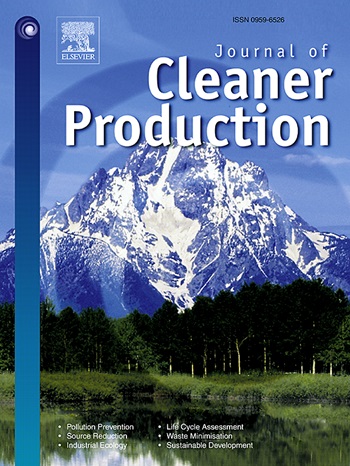Comparative study on the durability of ultra-high toughness cementitious composites and mortar under salt attacks
IF 9.7
1区 环境科学与生态学
Q1 ENGINEERING, ENVIRONMENTAL
引用次数: 0
Abstract
The high fly ash replacement (50%∼85% by weight of total cementitious materials) and the use of polyvinyl alcohol fibers have improved the durability of ultra-high toughness cementitious composites (UHTCC) and reduced its life-cycle costs and CO2 emission, which give UHTCC higher sustainability than that of normal concrete. To get a comprehensive understanding of the durability of UHTCC, a comparative study on the salt resistance was conducted between UHTCC and Portland cement mortar. Specimens were exposed to NaCl, MgCl2, Na2SO4, and MgSO4 solutions with 5% anion concentration and high-salinity (35%) seawater, which are the common aggressive substances in actual engineering environments. Physical and mechanical properties of specimens were characterized periodically and microscopic analyses were also conducted. After exposed to MgCl2 solution and seawater, an Mg-containing layer was formed on the surface of specimens, which acted as a barrier to retard external ions from penetrating but significantly impaired the mechanical properties of mortar specimens. Magnesium salts generally showed more serious degradation effects than sodium salts. The addition of PVA fibers could improve the salt resistance of UHTCC, and the salt resistance of UHTCC was greater than that of mortar, which suggests the promising applications of UHTCC to civil infrastructures under aggressive environments to extend the service life of structures.求助全文
约1分钟内获得全文
求助全文
来源期刊

Journal of Cleaner Production
环境科学-工程:环境
CiteScore
20.40
自引率
9.00%
发文量
4720
审稿时长
111 days
期刊介绍:
The Journal of Cleaner Production is an international, transdisciplinary journal that addresses and discusses theoretical and practical Cleaner Production, Environmental, and Sustainability issues. It aims to help societies become more sustainable by focusing on the concept of 'Cleaner Production', which aims at preventing waste production and increasing efficiencies in energy, water, resources, and human capital use. The journal serves as a platform for corporations, governments, education institutions, regions, and societies to engage in discussions and research related to Cleaner Production, environmental, and sustainability practices.
 求助内容:
求助内容: 应助结果提醒方式:
应助结果提醒方式:


